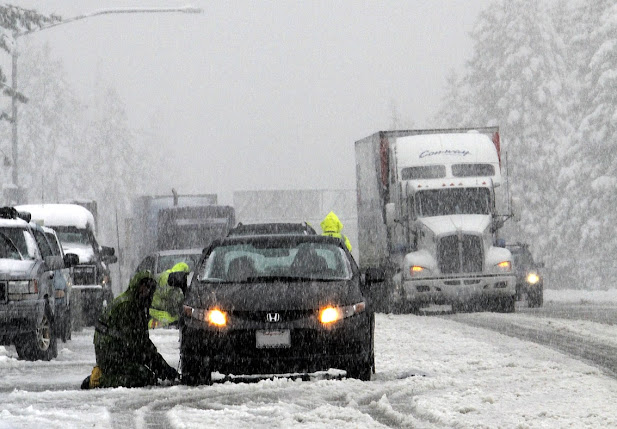
If you're driving an electric vehicle (EV), you're already making a big step towards reducing your carbon footprint. However, you can take some additional steps to run your EV efficiently, maximise its range, and save money on your energy bills.
Plan Your Route
Planning your route ahead of time can help you avoid traffic congestion, which can drain your battery quickly. You can use various route planning apps to help you find the shortest, most efficient route to your destination.
Drive Smoothly
Smooth driving can help you use less energy and improve your EV's range. Try to avoid rapid acceleration, heavy braking, and sudden stops. Instead, accelerate and decelerate gradually and coast to a stop whenever possible.
Use Regenerative Braking
Most EVs have regenerative braking, which converts some energy lost during braking into electricity and stores it in the battery. To maximize the benefits of regenerative braking, try to anticipate stops and slow down gradually by lifting your foot off the accelerator pedal.
Use Eco-Mode
Many EVs have an eco-mode that limits the vehicle's power output, which can help conserve energy and extend your range. If you're not in a hurry, using eco-mode can be a great way to save energy and money.
Monitor Your Energy Usage
Most EVs have a dashboard display that shows you how much energy you're using and how much range you have left. Pay attention to this display, and try to adjust your driving habits accordingly. For example, if you see that you're using more energy than expected, you can try to drive more efficiently to conserve energy.
Charge Your EV at the Right Time
Charging your EV at the right time can help you save money on your energy bills. Many energy providers offer cheaper rates during off-peak hours, so try to charge your EV during those times.
Keep Your EV Maintained
Regular maintenance can keep your EV running efficiently and extend its lifespan. Make sure to follow the manufacturer's recommended maintenance schedule and keep your tires properly inflated.
Following these tips, you can run your EV efficiently, maximise its range, and save money on energy bills.
.jpg)





